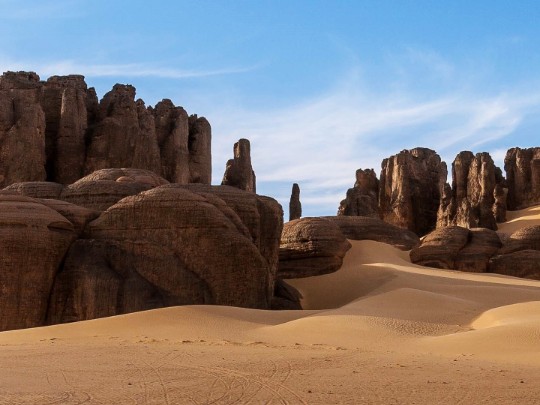Australia's Hidden Wonders: Unlocking the Secrets of Yardang Landforms

When you picture the Australian outback, you might think of rolling red sand dunes stretching as far as the eye can see. But beyond the familiar landscapes lie some truly remarkable geological formations – the yardangs. These unique and often overlooked features offer a fascinating glimpse into the power of wind and the slow, patient sculpting of our planet.
What are Yardangs?
The name 'yardang' comes from the Uyghur word meaning 'gully' or 'ravine,' and it perfectly describes these long, streamlined ridges and grooves carved into the desert landscape. You won't find them everywhere, but they're typically located in arid and semi-arid regions, such as the vast deserts of China and Namibia. While Australia doesn't boast the largest yardang fields globally, they do exist and offer a unique perspective on the forces that shape our continent.
How are They Formed?
The creation of yardangs is a geological marathon, not a sprint. It all starts with variations within the underlying rock or sediment – perhaps a layer of harder rock amidst softer material. The relentless wind, carrying abrasive sand grains like tiny sandblasters, begins to erode the softer areas. The more resistant rock stands firm, gradually being sculpted into those distinctive, elongated shapes. This process continues over thousands, even millions, of years, resulting in the yardang patterns we see today.
A Landscape of Striking Beauty
The resulting scenery is often breathtaking. Yardangs can vary dramatically in size, ranging from just a few metres to several kilometres in length. Their surfaces can display incredible detail, revealing intricate patterns and textures etched by the wind. Imagine walking amongst these silent, sculpted giants – a truly awe-inspiring experience!
Why Study Yardangs?
Beyond their aesthetic appeal, yardangs are valuable tools for scientists. By studying their shape, size, and orientation, researchers can gain insights into past climate conditions, prevailing wind patterns, and even the history of sediment transport in the region. They serve as a natural record of Earth's dynamic processes.
So, next time you’re exploring the Australian outback, keep an eye out for these hidden wonders. Yardangs are a testament to the enduring power of nature and a stunning example of the artistry that can be found even in the harshest environments. They're a reminder that even in the seemingly barren landscapes, there's always something fascinating to discover.





